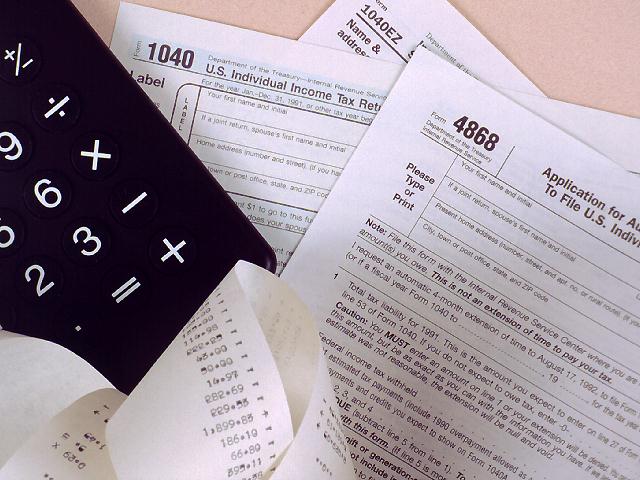A clear financial plan helps you prepare for the future, brace yourself for the unexpected, and positions you to pursue your goals. Below are six signs
it may be time for you to get a financial plan.
You’re planning (or just had) a big life change.
New job. New baby. New house. All of those milestones and more are signs you should take a big picture look at your finances. When your life changes in big ways, it often brings with it changes in how you approach money.
You’re worried about your finances — and your future.
If money worries keep you up at night, a financial plan can help ease your mind. Whether you have immediate worries or are just feeling uneasy about what tomorrow may hold, you can regain control over your life by having a clear direction.
You’re making good money, but you’re not sure where it goes.
If you want to turn today’s income into tomorrow’s wealth, you need a financial plan. That way, you’ll be able to take the money you’re bringing in today and use it to create a secure future for yourself and your family.
You have financial goals, but you’re not sure how to make them a reality.
Does retirement seem like a distant dream? Do you wish you could upgrade to a bigger home, send your kids to college without taking on debt, or start a
business? With a financial plan, you’ll know what you need to do financially to make those dreams a reality.
You and your partner are fighting about money.
If you and your partner can’t see eye-to-eye on money issues, a financial plan might be part of the solution. Meeting with an objective third party can help you both recognize where you stand when it comes to your finances, and then negotiate a path forward that works for both of you.
Your investments and finances are getting so complicated, it’s difficult for you to keep track of everything.
Many people start out managing their investments and finances on their own. That often works for a time, but as your money and life get more complex, it can be difficult to manage all the details without help.






